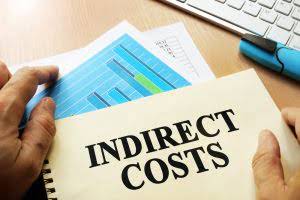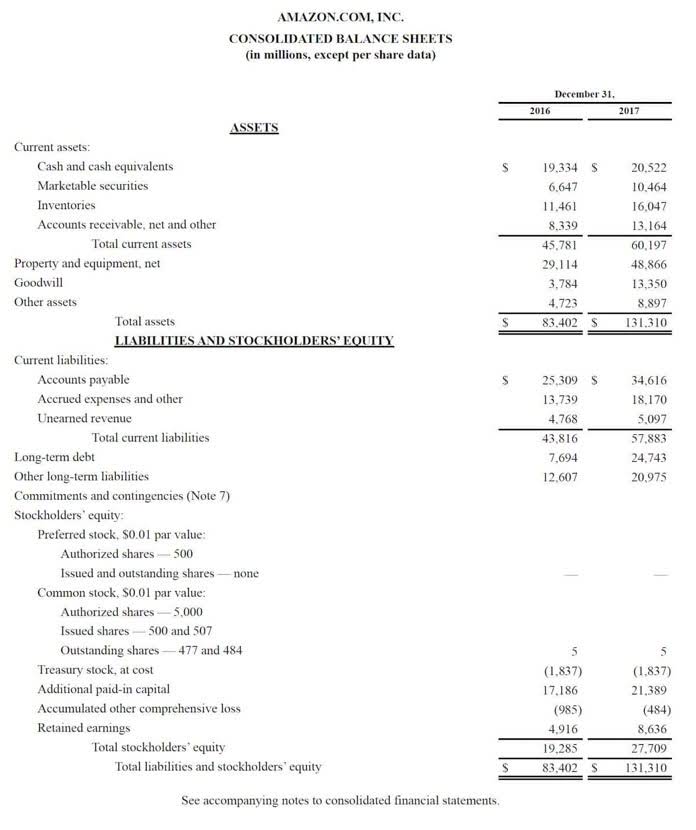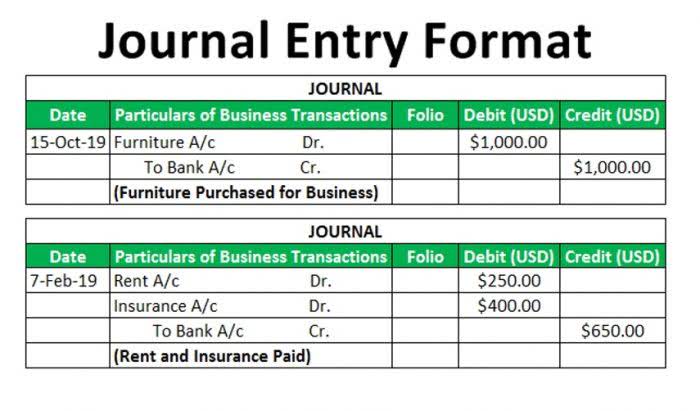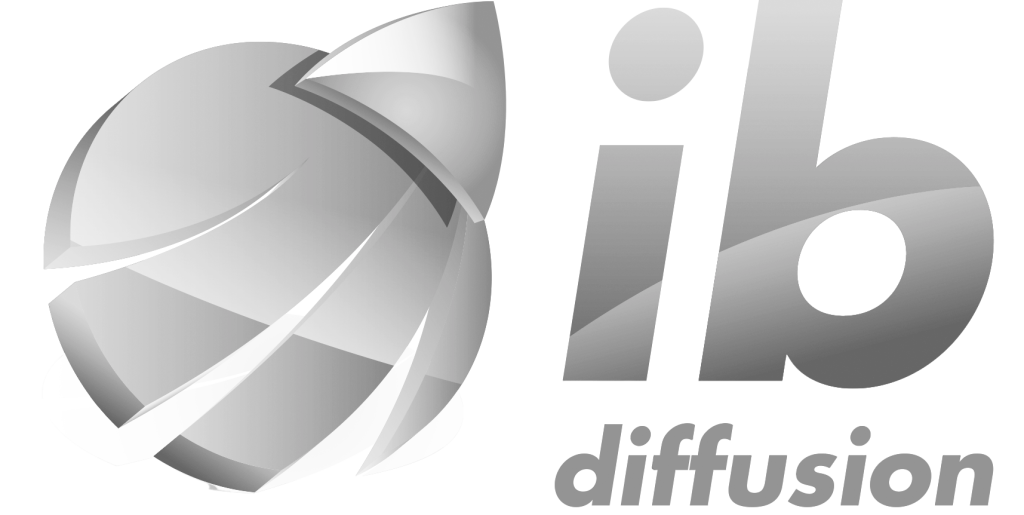
You can calculate the variable cost for a product by dividing the total variable expenses by the number of units for sale. To determine the fixed cost per unit, divide the total fixed cost by the number of units for sale. Variable expenses used in this analysis can include the raw materials or inventory involved in the production, whereas fixed costs can include rent for the production plant. Fixed costs are generally easier to plan, manage, and budget for than variable costs. However, as a business owner, it is crucial to monitor and understand how both fixed and variable costs impact your business as they determine the price level of your goods and services.
- When it comes to categorizing expenses, most accountants must deal with distinguishing between variable costs and fixed costs.
- A variable cost is any business expense that increases or decreases in relation to the company’s revenue, production output, or sales volume.
- As such, a company’s fixed costs don’t vary with the volume of production and are indirect, meaning they generally don’t apply to the production process—unlike variable costs.
- Variable cost is referred to as the type of cost that will show variations as per the changes in the levels of production.
- That’s because these costs occur regularly and rarely change over time.
- As a business owner, understanding fixed and variable expenses as part of your overall business expenses is crucial for developing your long-term financial plans.
- Fixed costs are inflexible, meaning businesses cannot immediately reduce them to align with falling revenues.
Financial Accounting vs. Managerial Accounting
Variable costs are any expenses that change based on how much a company produces and sells, such as labor, utility expenses, commissions, and raw materials. Once you know your fixed and variable costs, you can find your business’s total expenses. To find your total costs, simply add your fixed and variable expenses. Business expenses are categorized as either fixed or variable costs.
What Is A Budget And Why Do I Need One?
This process may include budgeting money for groceries, childcare costs and health insurance coverage. Prioritizing these types of expenses first not only ensures that your monthly bills are covered, but it guarantees your basic needs are met. Due to the nature of variable costs, they can change from month to month or person to person. Below are some of the more common examples of variable expenses you might include in your budget. In personal finance, fixed costs are recurring expenses that stay relatively constant month to month. When it comes to fixed and variable costs, a clear understanding of each is essential for identifying the correct price level for goods and services.
- Fixed costs refer to predetermined expenses that will remain the same for a specific period and are not influenced by how the business is performing.
- Variable costs are flexible, so analyze spending patterns and identify areas to save.
- A corporation must earn more income to break even with the more fixed costs it has, which implies it must work more to manufacture and sell its goods.
- In this guide, we will explore what fixed and variable costs are, how they differ, and why they are important for financial decision-making.
- In terms of taking out loans, fixed interest rates are generally a better option than variable interest rates if you want to minimize risk.
- For example, if a company needs to build an entirely new factory in order to produce more goods, the cost of building the factory is a marginal cost.
How to find your total costs
While sunk costs may be considered fixed costs, not all fixed costs are considered sunk. For instance, a fixed cost isn’t sunk if a piece of machinery that a company purchases can be sold to someone else for fixed vs variable costs the original purchase price. For example, let’s say that Company ABC has a lease of $10,000 a month on its production facility and produces 1,000 mugs per month. As such, it may spread the fixed cost of the lease at $10 per mug. If it produces 10,000 mugs a month, the fixed cost of the lease goes down to the tune of $1 per mug. If you’re going to compare the variable costs between two businesses, make sure you choose companies that operate in the same industry.


It is useful in measuring the bookkeeping point at which a business can achieve economies of scale. Fixed costs and variable costs are the two main types of costs a business can incur when producing goods and services. Whether or not goods or services are produced, fixed costs never change.

Break-Even Analysis
Profit margin is your business revenue after subtracting your expenses. If your expenses are more than your revenue, you will have a negative profit margin. Budgeting with a clear understanding of fixed and variable costs allows businesses to forecast financial needs accurately and plan for future growth or contraction. Variable costs are expenses that change proportionally with production volume, while marginal costs refer to the additional cost incurred when producing one more unit of a product. Fixed costs Insurance Accounting are expenses that remain unchanged, regardless of how much a business produces or sells.
Set spending limits for variable expenses

If the bakery earns only $1,500 in revenue during a slow month, it still needs to cover the $2,000 rent, creating a cash flow deficit. However, since they don’t fluctuate with production levels, they can strain cash flow during slow periods. Above that amount, they cost you more, depending on how much revenue you earn. Some expenses change from month to month, like utility bills or gas. Setting aside a little extra for these costs prevents stress when they go up. Setting limits on variable expenses helps prevent overspending.

